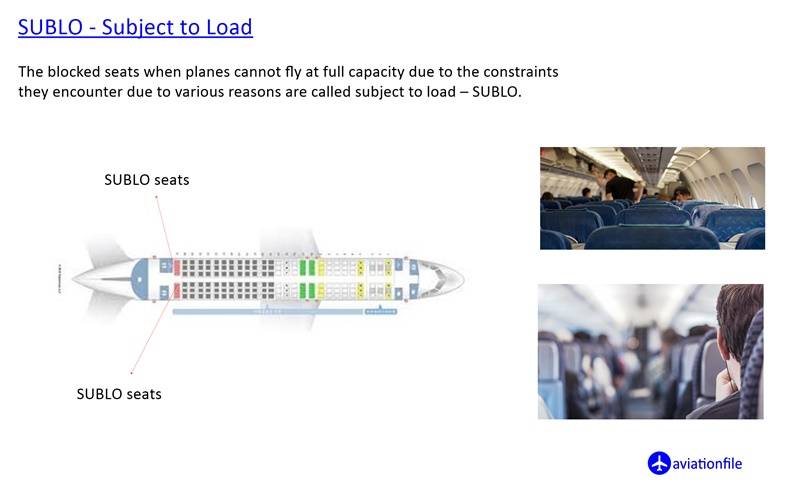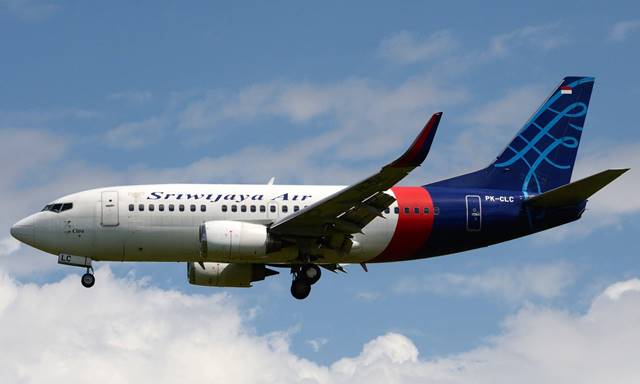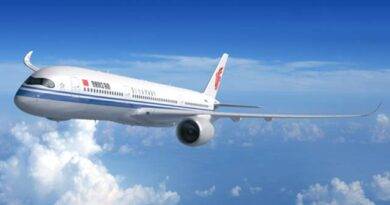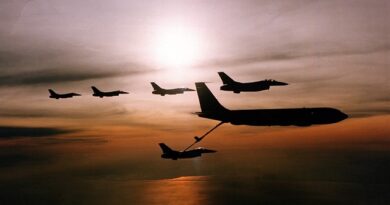Understanding the Flight Envelope
The flight envelope in aviation refers to the limits within which an aircraft can operate safely and efficiently. It is defined by various parameters such as altitude, airspeed, load factor, and temperature. Understanding the flight envelope is essential for pilots and aircraft designers to ensure the safety and optimal performance of an aircraft. In this article, we will discuss the different parameters that define the flight envelope and their significance.
Altitude Limits
Altitude limits of an aircraft are determined by its maximum operating altitude (MOA) and its service ceiling. The MOA is the highest altitude at which an aircraft can maintain level flight, while the service ceiling is the highest altitude at which an aircraft can climb at a given rate. The altitude limits are influenced by various factors, such as engine performance, air density, and oxygen availability. Pilots need to be aware of the altitude limits to avoid flying too high or too low, which could result in stalling or engine failure.
Airspeed Limits
Airspeed limits of an aircraft are defined by its maximum and minimum airspeed. The maximum airspeed is the speed beyond which the aircraft may experience structural damage or lose control, while the minimum airspeed is the speed below which the aircraft may stall. The airspeed limits are influenced by various factors such as weight, altitude, and temperature. Pilots need to be aware of the airspeed limits to ensure the aircraft stays within safe and efficient operating speeds.
Load Factor Limits
Load factor limits of an aircraft refer to the maximum load that the aircraft can withstand in flight. The load factor is the ratio of the lift to the weight of the aircraft, and it determines the stress on the aircraft’s structure. The load factor limits are influenced by various factors, such as the design and construction of the aircraft, the altitude, and the airspeed. Pilots need to be aware of the load factor limits to ensure the aircraft stays within safe and efficient operating loads.

Temperature Limits
The temperature limits of an aircraft are defined by its maximum and minimum operating temperatures. The maximum temperature is the highest temperature at which the aircraft can operate without overheating or experiencing other issues, while the minimum temperature is the lowest temperature at which the aircraft can operate without malfunctioning or losing performance. Temperature limits are influenced by various factors such as engine performance, air density, and heat dissipation. Pilots need to be aware of the temperature limits to ensure the aircraft stays within safe and efficient operating temperatures.
In conclusion, understanding the flight envelope is essential for pilots and aircraft designers to ensure the safety and optimal performance of an aircraft. The flight envelope is defined by various parameters such as altitude, airspeed, load factor, and temperature. Pilots need to be aware of these limits and operate the aircraft within them to ensure safe and efficient flight.
References:
- Federal Aviation Administration. (2019). Flight Envelope. Retrieved from https://www.faa.gov/regulations_policies/handbooks_manuals/aviation/phak/media/13_phak_ch11.pdf
- Airbus. (2018). Flight Envelope Protection. Retrieved from https://www.airbus.com/content/dam/corporate-topics/publications/safety-first/airbus-safety-first-magazine-issue-22-en.pdf



